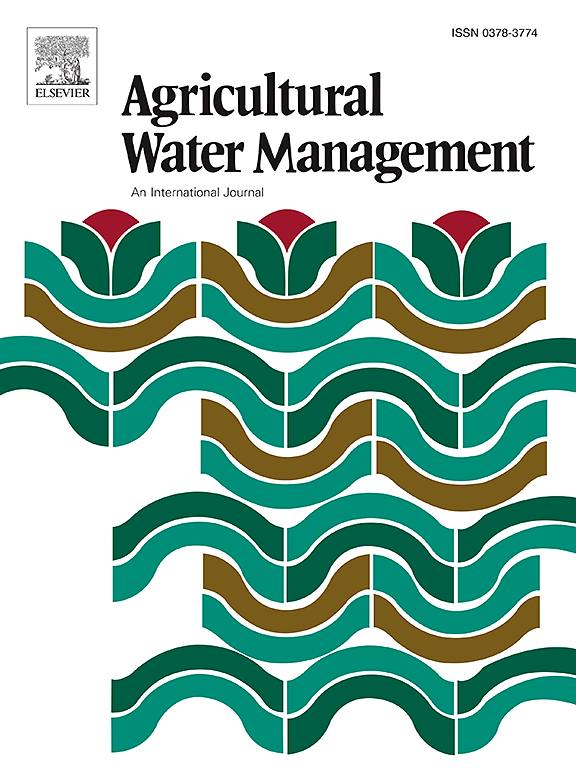Warming increases root water uptake on the Qinghai-Tibet Plateau via changes in alpine meadows root tips
IF 5.9
1区 农林科学
Q1 AGRONOMY
引用次数: 0
Abstract
Climate warming has been documented to amplify evapotranspiration (ET) in alpine meadows through multifaceted mechanisms. However, how root tip morphological adjustments—a critical control point for belowground water acquisition—mediate warming-induced ET intensification remains unresolved at the ecosystem scale, particularly across the Qinghai-Tibet Plateau (QTP) where these processes govern regional hydrological sustainability. This study employed a five-year field experiment using open-top chambers along an altitude gradient in central QTP, used root morphology parameters such as root tip density (RTD) as an entry point to explore the morphological characteristics of the root system under climate change, and improved the root water uptake model based on the distribution function of RTD to analyze the effects of warming on the water uptake pattern and transpiration characteristics of the root system of alpine meadow on the QTP. Key findings revealed that: (1) Root morphological adaptation: Increasing temperature promotes the growth of root in alpine meadows. About 80 % of the roots are distributed in the 0–25 cm soil layer, and the RTD first increases and then decreases with the increase of soil depth. (2) Altitude-specific water uptake: In lower altitude areas, the root water absorption intensity is higher. Under warming treatment, the root water absorption intensity first increases and then decreases with soil depth, with the highest root water absorption intensity in the 5–20 cm soil layer. (3) Transpiration amplification: For different climate change scenarios, for every 1 ℃ increase in soil surface temperature, the transpiration of the alpine meadow on the QTP will increase by about 21.2∼22.43 %. During the growing season of the alpine meadow, the transpiration increase in August is as high as 24.62∼25.87 %. The study highlights a mechanistic link between root functional traits, soil thermal regimes, and ecosystem water fluxes. The study helps to understand the hydrothermal balance under climate change and provides theoretical support for ecological restoration in high-cold regions.
求助全文
约1分钟内获得全文
求助全文
来源期刊

Agricultural Water Management
农林科学-农艺学
CiteScore
12.10
自引率
14.90%
发文量
648
审稿时长
4.9 months
期刊介绍:
Agricultural Water Management publishes papers of international significance relating to the science, economics, and policy of agricultural water management. In all cases, manuscripts must address implications and provide insight regarding agricultural water management.
 求助内容:
求助内容: 应助结果提醒方式:
应助结果提醒方式:


